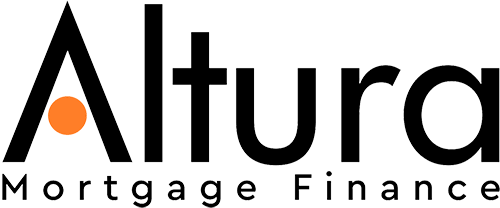 This month saw the Queen become the first British monarch to celebrate a Platinum Jubilee.
This month saw the Queen become the first British monarch to celebrate a Platinum Jubilee.
Her Majesty’s seven decades on the throne have seen incredible innovation and progress – she has lived through the construction and demolition of the Berlin Wall, the moon landing, the invention of the internet, and 15 prime ministers!
When the Queen ascended to the throne in 1952, the average price of a home in the UK was just £1,891 – around £65,224 in today’s money.
Since then, the housing market has boomed. So, to celebrate the Platinum Jubilee, here’s how the property market has changed during the 70 years of the Queen’s reign.
House prices have boomed over the last 70 years
In very simple terms, Savills research shows that house prices are more than 130 times higher than they were when Queen Elizabeth II ascended to the throne in 1952, or almost four times higher (365%) when taking inflation into account.
Back in 1952 – coincidentally, when the Nationwide Building Society’s house price index began – the average UK house price was just £1,891. The average salary was £10 a week (roughly £339 in today’s terms), so buying a property was still a challenge, even seven decades ago.
In the 1960s, house prices continued to rise along with the average income, which now stood at £960 a year. The average cost of a home was now £2,530.
The start of a boom in home ownership began in the 1970s. At the start of the 70s the average house price was £4,057 but, by the end of the decade, it had quadrupled to £19,925.
The first pronounced period of sustained inflation-adjusted house price growth coincided with Margaret Thatcher’s dream of home ownership, from 1982 to 1989.
This was initiated by the introduction of the Right to Buy scheme in 1980 – a controversial policy that enabled council tenants to buy their homes at a discount. Price growth was further boosted by the introduction of MIRAS (Mortgage Interest Relief at Source) in 1983 which provided a tax break when borrowing to buy a home.
Headline house prices increased by 79% between 1982 and 1989, even after an adjustment for inflation. Indeed, UK house prices rose 16% in 1987 and a further 25% in 1988 – the highest rise ever recorded.
The late 80s boom came to an abrupt halt in 1990 as spiralling interest rates led to a housing crash. However, even though property prices dropped by 20%, the average cost of a home was still £58,153 – twice as much as just five years earlier.
By the time the new millennium rolled around, house prices had begun to rise sharply again. The average cost of a home reached £89,597 in 2000 but, just five years later, this had risen by almost £70,000 to £156,236. The average salary was around £23,900 at this time.
By 2015 you’d need around £197,890 to buy the average UK home, while the average salary had only crept up to £27,600.
Now, the Times reports that the latest average for the Nationwide index, £260,771, is 139 times the 1952 level. This outstrips other prices and whichever measure of the growth in wages and salaries you choose to use.

Source: the Times
Of course, Her Majesty has also benefited from this. According to Bloomberg, the value of Buckingham Palace is now an eye-watering £1.3 billion – up £100 million during the pandemic alone.
Tax on buying a property has increased sharply
The modern incarnation of Stamp Duty – a tax payable on the purchase of property – has only been around since the late 1950s.
When the government introduced Stamp Duty, it was simple and low. If you bought a home up to the value of £30,000 (remember that the average value of a home at this time was only around £2,000) you paid nothing at all. If you were wealthy enough to buy a house for more than £30,000 you paid 1% of the purchase price.
Essentially, Stamp Duty stayed the same right up until the early 1990s. In March 1993, the threshold at which the tax became payable was doubled to £60,000 and anyone paying more than £60,000 for a property still paid just 1% tax.
The first of many subsequent reforms came when New Labour introduced higher tax bands in 1997.
Gordon Brown brought in a 1.5% band for homes bought for more than £250,000, and a 2% band for homes that cost more than £500,000. These rates had doubled to 3% and 4% respectively by 2000.
The coalition government added a 5% rate for £1 million plus homes in 2011 and a 7% rate for properties costing more than £2 million in 2012.
Then, in 2014, Stamp Duty was reformed so the tax is now only payable on the portion of value of the bracket it falls into. Additionally, new taxes and rates were introduced in Scotland and Wales in 2015 and 2018 respectively.
To boost the housing market after the initial lockdown in the UK, Rishi Sunak announced a temporary Stamp Duty holiday that ended in September 2021.
Now, the Stamp Duty rates are:

From a simple 1% rate back in the 1950s, over the decades Stamp Duty has become a major source of revenue for the government. Indeed, Mortgage Strategy reports that Stamp Duty tax collected by the government totalled a staggering £15.1 billion during April 2021 to January 2022.
Get in touch
Getting expert advice when buying a home can help you to navigate mortgage affordability, interest rate, and Stamp Duty issues.
For advice, please get in touch. Email [email protected] or call us on +44 (0) 20 3411 0079.




